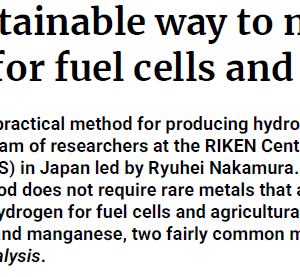
Corrosion of Zirconium Alloys Used for Nuclear Fuel Cladding
₩4,000
During operation, nuclear fuel rods are immersed in the primary water, causing
waterside corrosion and consequent hydrogen ingress. In this review, the
mechanisms of corrosion and hydrogen pickup and the role of alloy selection
in minimizing both phenomena are considered on the basis of two principal
characteristics: the pretransition kinetics and the loss of oxide protectiveness
at transition. In zirconium alloys, very small changes in composition or
microstructure can cause significant corrosion differences so that corrosion
performance is strongly alloy dependent. The alloys show different, but reproducible,
subparabolic pretransition kinetics and transition thicknesses. A
mechanism for oxide growth and breakup based on a detailed study of the
oxide structure can explain these results. Through the use of the recently developed
coupled current charge compensation model of corrosion kinetics
and hydrogen pickup, the subparabolic kinetics and the hydrogen fraction
can be rationalized: Hydrogen pickup increases when electron transport decreases,
requiring hydrogen ingress to close the reaction.





상품평
아직 상품평이 없습니다.